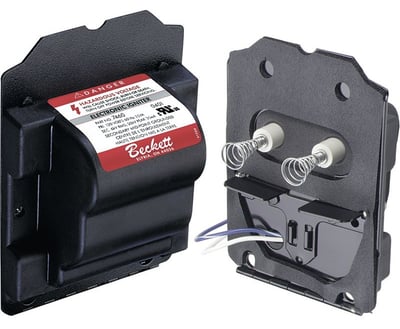Within the heating system, the solid-state electronic igniter provides one of the most crucial elements required for automatic comfort: the spark needed for ignition. When the electronic igniter is properly installed and serviced, the component will ensure that the burner will work effectively so the rest of the system provides heat efficiently and dependably. In this post, we'll give you a complete overview of electronic igniters, from the basics to the features to the evolution of the component's technology.
Introduction to Electronic Heating Igniters
The solid-state electronic igniter is the modern industry standard ignition source for heating systems. The igniter's purpose is to create the proper arc of energy to ignite fuel. The benefit of using a solid-state igniter is that this component can change the characteristics of the electric current from the primary input for more reliable ignition.

Electronic Heating Igniter Features and Terms
Today's electronic heating igniters are compatible with numerous different appliances thanks to the features and benefits they provide. A few of the main features that make modern igniters so effective include the ability to be mounted on a burner baseplate, improved performance with cold oil or delayed spark conditions, and more. The main terms a technician should know in order to understand electronic igniters include the different types of duty ignition, peak voltage, hertz, and more.
To learn more about all of these electronic igniter features and more, click here.
The Evolution of Electronic Heating Igniters
Before the development of electronic heating igniter technology, most heating systems relied on inefficient and unreliable transformer-based ignition. These transformers were not only known to fail to create a complete arc of electric current needed for ignition, but there were also difficult to transport, install, and maintain. In order to improve heating ignition significantly, the solid-state igniter was created by manufacturers. Today's solid-state igniters can change the characteristics of the primary input current to create a more stable arc of power that isn't affected if input voltage should drop. Additionally, solid-state igniters provide more reliable ignition and are easier to service.
To learn more about the evolution of today's solid-state igniters, click here.


